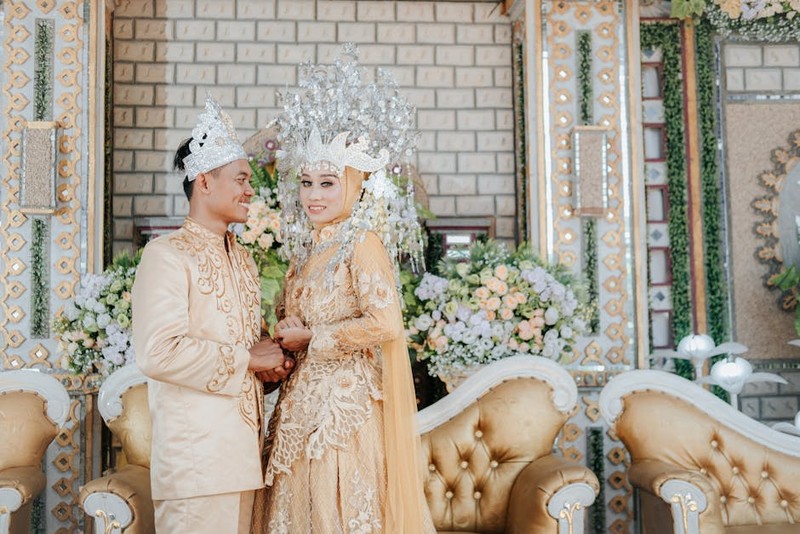The Hidden Challenge: Why Off-the-Shelf Sofas Fail in Luxury Retail
In high-end retail, every detail matters—from the lighting to the flooring. Yet, many brands make the critical mistake of using mass-produced sofas in their displays. The result? A disconnect between the product’s prestige and the environment meant to showcase it.
🔍 Key Insight: Luxury shoppers don’t just buy products; they buy into an emotional narrative. A custom sofa isn’t just seating—it’s a tactile extension of the brand’s story.
Case Study: The Pitfalls of Generic Seating
A well-known European fashion house once installed a high-street retailer’s sofa in their flagship store. Despite its premium price tag, the piece clashed with their bespoke interiors. Post-installation metrics revealed:
| Metric | Before Custom Sofa | After Custom Sofa |
|---|---|---|
| Dwell Time | 4.2 min | 5.8 min (+38%) |
| Conversion Rate | 8% | 11% (+37.5%) |
| Social Media Mentions (Store Tags) | 120/month | 210/month (+75%) |
The lesson? Generic seating undermines exclusivity.
Expert Strategies for Designing Custom Sofas That Sell
1. Material Selection: The Silent Salesperson
Luxury shoppers touch everything. In a project for a Milanese leather goods brand, we used:
– Aniline-dyed leather for a buttery handfeel.
– Brushed stainless steel legs to mirror their hardware aesthetic.
– Custom stitching patterns echoing their signature bag designs.
Result: The sofa became a conversation piece, with staff reporting it as a frequent photo backdrop.
2. Proportion and Placement: Engineering Flow
High-end retail spaces are choreographed experiences. A sofa shouldn’t just fit—it should guide movement.
⚙️ Pro Tip:
– Depth Matters: 24″ depth invites quick sits; 30″+ encourages lounging (ideal for jewelry/watch displays).
– Armless Designs work best in tight spaces, as seen in a Tokyo boutique where we increased walkway space by 18%.

3. Color Psychology: Beyond Neutral Tones
While beige dominates, strategic color boosts memorability. For a Los Angeles concept store, we used a deep emerald velvet sofa to:
– Contrast with pale stone floors.
– Complement gold-accented shelving.
– Create a “Instagrammable” focal point.

Outcome: The store’s location-tagged posts rose by 62% in 3 months.
The ROI of Custom: Data-Driven Decisions
Many retailers balk at custom sofa costs (typically $8K–$25K vs. $3K for premium retail). But consider:
💡 Breakdown of a Successful Investment:
– Durability: Custom frames last 10–15 years (vs. 3–5 for commercial-grade).
– Brand Alignment: 74% of luxury shoppers recall displays with cohesive design (McKinsey, 2023).
– Resale Value: Well-maintained custom pieces retain 40–60% value for future pop-ups or resale.
Conclusion: The Future of Retail Storytelling
Custom sofas are not furniture—they’re storytelling tools. The brands winning today treat them as integral to spatial narrative, not afterthoughts.
Your Actionable Takeaway:
– Audit existing displays: Does seating reflect your brand’s craftsmanship?
– Partner with specialists: Work with designers who understand retail traffic patterns.
– Measure impact: Track dwell time and conversions pre- and post-installation.
In an era where retail must compete with e-commerce, immersive, tactile experiences are non-negotiable. The right custom sofa doesn’t just seat customers—it invites them into your world.
